
Muscle cramps knocked many athletes off their feet on game day. (Photo: PAUL ELLIS via Getty Images)
For athletes of all sports, there are few things more frustrating than having to stop a competition because of a sudden muscle cramp. These painful, uncontrollable spasms, officially known as exercise-associated muscle cramps, have plagued athletes, coaches, and researchers for decades.
Scientists have traditionally attributed exercise-induced cramps to dehydration or electrolyte imbalances. However, this theory leaves many unanswered questions. For example, many athletes who are well hydrated experience cramps, while others who compete in hot, humid conditions do not.
A growing body of research is questioning this explanation, pointing to the playing surface as the deciding factor.
You may like
-

A dangerous condition that can cause seizures, coma and death could rise sharply as the world warms.
-
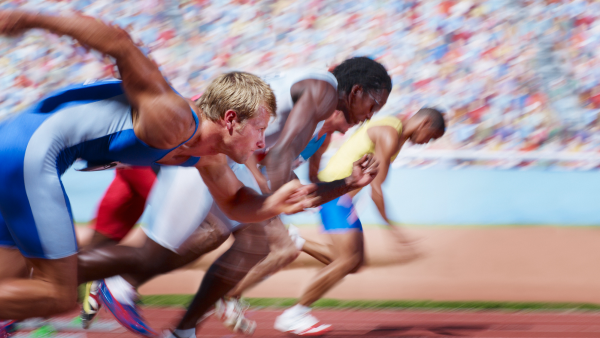
Endurance athletes who carry Neanderthal genes may not reach their peak performance.
-

Infectious disease expert explains what germs might lurk in pools and how to avoid them
In my work as a sports scientist, I study how various factors affect athletic performance. My team’s research has shown that certain properties of playing surfaces can lead to early neuromuscular fatigue and unexpected muscle cramps.
Muscle Cramps and Playing Surfaces
As muscles fatigue, the normal balance between signals in the nervous system that cause muscles to contract and relax is disrupted. Muscle spindles, which sense stretch, increase their firing rate. At the same time, inhibitory feedback from the Golgi tendon apparatus—the part of the nervous system located at the intersection of muscle fibers and tendons—decreases.
In other words, the muscles receive mixed signals about whether to contract or relax. The result is overactivation of motor neurons, which stimulate the muscle fibers to sustained involuntary contraction—a cramp.
Recent research suggests that racing on surfaces with unfamiliar mechanical properties, such as stiffness and elasticity, can accelerate the onset of neuromuscular fatigue. Surfaces change the mechanics of how muscles and joints work. If your neuromuscular system is not used to these loads, fatigue can set in prematurely and create the conditions for cramping.
In one study, my team and I found a 13% difference in muscle activity between runners running on surfaces with different firmness and elasticity. Another study by my team found a 50% difference in hamstring activity between runners running the same exercise on different types of turf.
Beyond sport-specific variables, biomechanics research has long shown that changing playing surfaces affect muscle stiffness, joint loading, and range of motion. These variables directly impact fatigue. Muscles that cross multiple joints, such as the hamstrings, seem particularly vulnerable.
Preventing Cramps During Exercise
If playing surfaces are contributing to fatigue, managing their interaction with players may help prevent cramps.
You may like
-

A dangerous condition that can cause seizures, coma and death could rise sharply as the world warms.
-
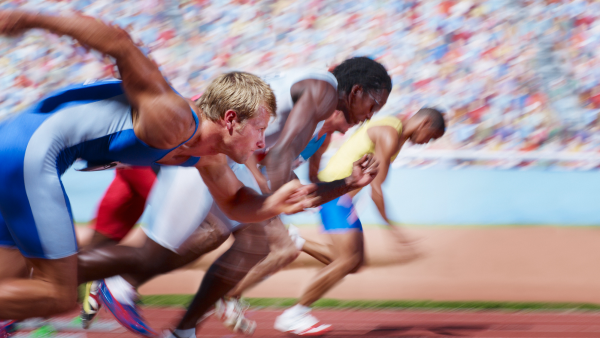
Endurance athletes who carry Neanderthal genes may not reach their peak performance.
-

Infectious disease expert explains what germs might lurk in pools and how to avoid them
The researchers proposed creating regional databases cataloguing the mechanical properties of competition surfaces in sports such as tennis. Using this data, coaches and sports organizations could tailor training environments to competition conditions, reducing the shock of unfamiliar surfaces. Cramps are not necessarily caused by the properties of the surface itself, but rather by its similarity or difference to what the athlete is used to.
Imagine a soccer team that trains on a soft surface and competes on a harder surface. Without preparation, the change in muscle function can lead to premature fatigue and cramps during competition. Incorporating exercises that mimic the way athletes work their muscles on a competitive turf can help the team better prepare for the game.
Likewise, a basketball team acclimated to new hard surfaces may benefit from practicing on worn or cushioned courts to simulate upcoming away games.
The key to success is consistent exposure. Training on surfaces that simulate competition conditions acclimatizes the neuromuscular system, reducing the risk of fatigue and potentially reducing the risk of cramps.
Towards a Holistic Approach to Seizures
Hydration and nutrition remain important for peak performance. However, taking into account physical conditioning, shoe traction, and adaptation to different playing surfaces can help sports medicine provide a more comprehensive solution to exercise-related muscle cramps.
Thanks to ongoing research and technological advances, cramps may no longer be an unfortunate inevitability. Instead, athletes and coaches will be able to anticipate their occurrence, adjust training to the surface, and take steps to prevent them before they interfere with performance.
RELATED STORIES
— US Basketball Doctor Talks About What It's Like Treating Athletes at the Olympics
– Stunning images show how muscles recover after exercise.
— 6 differences between the brain of an athlete and the brain of an ordinary person
The future of cramp prevention may lie in real-time monitoring. Advances in combining wearable biosensors to detect neuromuscular fatigue, surface testing equipment, and machine learning could help predict individual cramp risk. Coaches could adjust training plans, make substitutions during games, or even adapt surface conditions when possible.
Better preparing athletes for the mechanical demands of competition surfaces allows teams to protect the health of their athletes and ensure that their best players are ready when the game is on the line.
This edited article is republished from The Conversation under a Creative Commons license. Read the original article.
TOPICS Sports Science Michael HalesAssociate Professor, Department of Health Promotion and Physical Education, Kennesaw State University
Michael Hales is a biomechanist at Mennesota State University who has spent years studying how surface properties such as surface stiffness, cushioning, and springiness affect athletic performance and injury risk.
You must verify your public display name before commenting.
Please log out and log back in. You will then be prompted to enter a display name.
Exit Read more

A dangerous condition that can cause seizures, coma and death could increase sharply due to global warming.
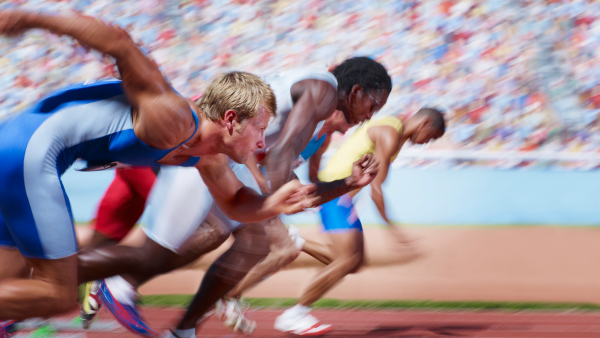
Endurance athletes who carry Neanderthal genes may not reach their peak performance.

Infectious disease expert explains what germs might lurk in pools and how to avoid them

This Expert Makes His Living From Sports — Here Are His Picks For The Top 3 Portable Exercise Machines

These are the three pairs of shoes we will wear while training for the marathon.
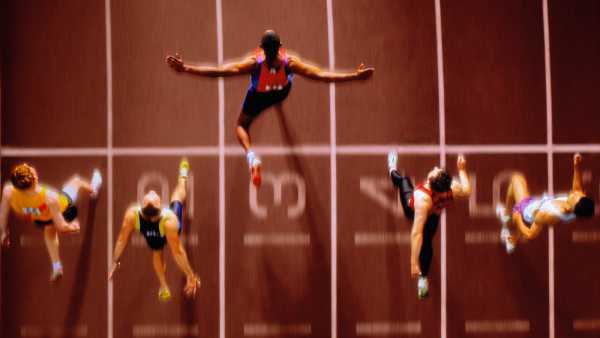
Sports Records Quiz: What Do You Know About the Greatest Sports Achievements of All Time?
Latest Exercise News

This premium Garmin watch is practically a knockoff of the expensive Fenix 8, and it's currently on sale for a whopping $321.
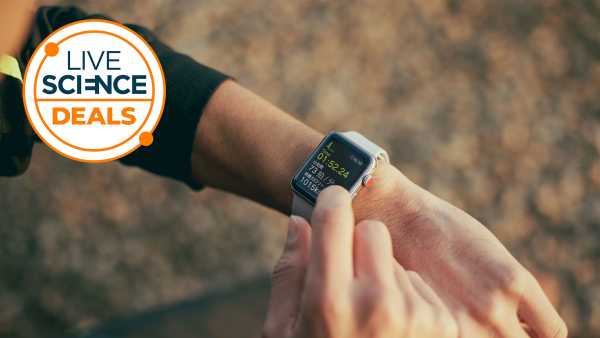
The 3 Best Fitness Tracker Deals We Spotted During the Labor Day Sale
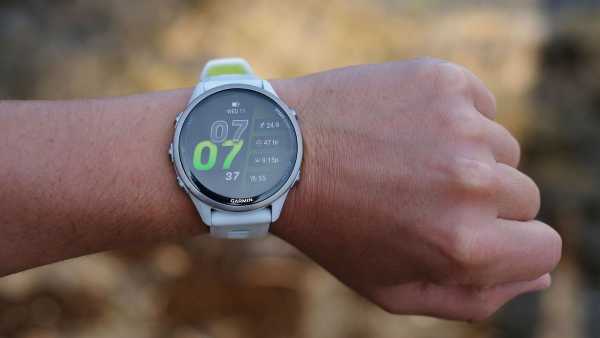
Garmin Forerunner 970 Review – A Serious Smartwatch for Professional Runners
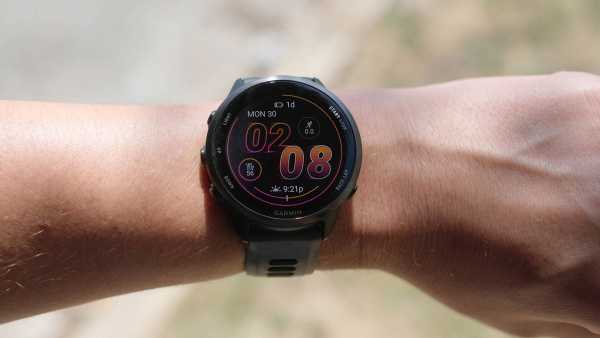
Garmin Forerunner 570 Review – Bright, Accurate, Slightly Overpriced
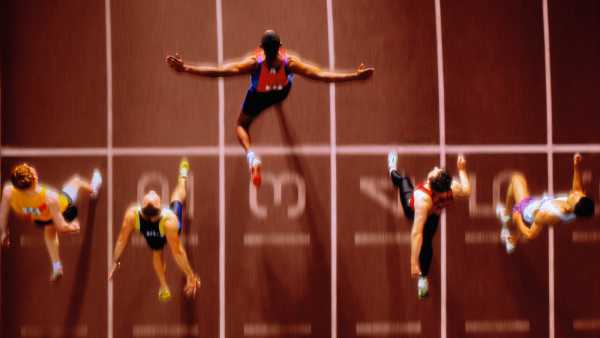
Sports Records Quiz: What Do You Know About the Greatest Sports Achievements of All Time?
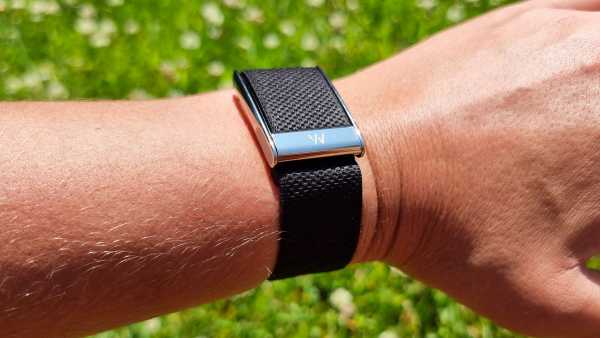
Whoop MG Review: A Screenless Fitness Tracker for Performance Enthusiasts
Latest opinions

How the surface you exercise on can increase your risk of cramping

'Serious Negative and Unintended Consequences': Polar Geoengineering Is Not the Answer to Climate Change

Robert Kennedy Jr. Wants to Reform the Nation's 'Vaccine Court.' Here's What's Stopping Him

Dissecting (many) false claims by RFK Jr. about COVID vaccines

Scientific objectivity is a myth. Here's why

How a racist skull study captured Victorian Britain's scientists
LATEST ARTICLES
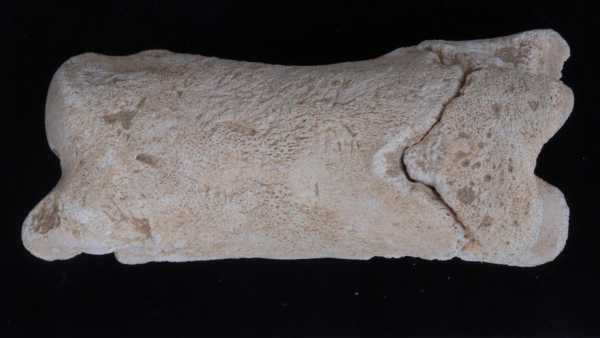
A 13,300-year-old ancient Egyptian whistle was likely used by a policeman tasked with guarding the 'sacred site' of a royal tomb.
Live Science is part of Future US Inc., an international media group and leading digital publisher. Visit our corporate website.
- About Us
- Contact Future experts
- Terms and Conditions
- Privacy Policy
- Cookie Policy
- Accessibility Statement
- Advertise with us
- Web Notifications
- Career
- Editorial Standards
- How to present history to us
© Future US, Inc. Full 7th Floor, 130 West 42nd Street, New York, NY 10036.
var dfp_config = { “site_platform”: “vanilla”, “keywords”: “type_opinion,type-crosspost,exclude-from-syndication,serversidehawk,videoarticle,van-enable-adviser-
Sourse: www.livescience.com





